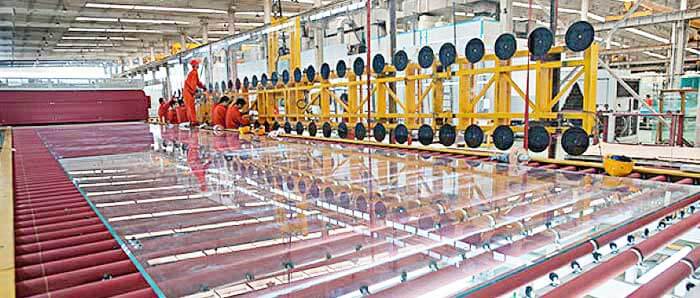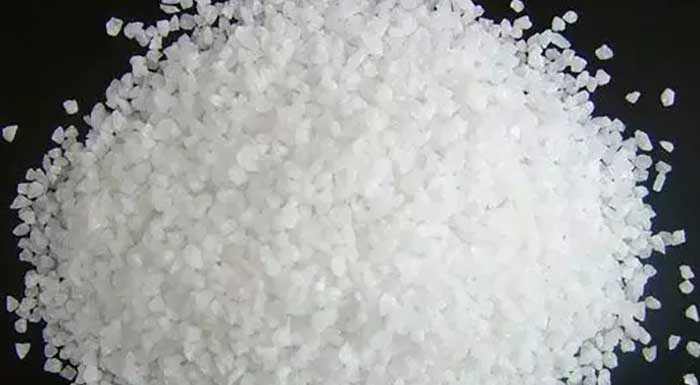How To Make Glass From Silica Sand
Glass is a versatile material that has been used in various applications for thousands of years. One of the essential components for making glass is silica sand, a natural substance found in abundance in many places around the world. In this article, we will discuss the process of making glass from silica sand.

The first step in manufacturing glass is to gather the raw materials that will be used. These materials typically include silica sand, soda ash, limestone, and other chemical additives. The silica sand is the primary component of glass, accounting for around 70% of the final product. This silica sand must have a high purity level, free from contaminants that could affect the quality of the final product. Silica sand can be obtained through mining or by extracting it from natural deposits.
Once the silica sand has been obtained, it is processed to remove any impurities. This process involves washing and cleaning the sand to remove foreign particles and debris. The cleaned silica sand is then dried to remove any remaining moisture.
The next step is to melt the silica sand in a furnace. The furnace must be heated to temperatures above 1700°C to achieve the melting point of silica sand. At this temperature, the sand melts and transforms into a liquid state.
The liquid silica is then poured into moulds and left to cool for several hours. The cooling process allows the silica to solidify, resulting in glass.
The cooled glass is then shaped and cut according to the desired specifications. This can be achieved through a variety of techniques, such as blowing, pressing, or casting.
Finally, the glass is treated to its desired properties. This can include adding coatings for UV protection, strengthening through tempering or laminating, or adding color through tinting.
In conclusion, the process of making glass from silica sand involves obtaining high-quality, pure silica sand, cleaning and drying it, melting it in a furnace, pouring it into moulds to cool and solidify, and shaping it according to the specifications. This process has been refined over thousands of years, resulting in the versatile and indispensable material we know as glass.

 Silica Sand Processing Solutions
Silica Sand Processing Solutions Silica Sand Washing Plant | Quartz Sand Processing
Silica Sand Washing Plant | Quartz Sand Processing A 800 TPH Sand Making Plant Details
A 800 TPH Sand Making Plant Details What is Frac Sand & How Frac Sand is Processed
What is Frac Sand & How Frac Sand is Processed

